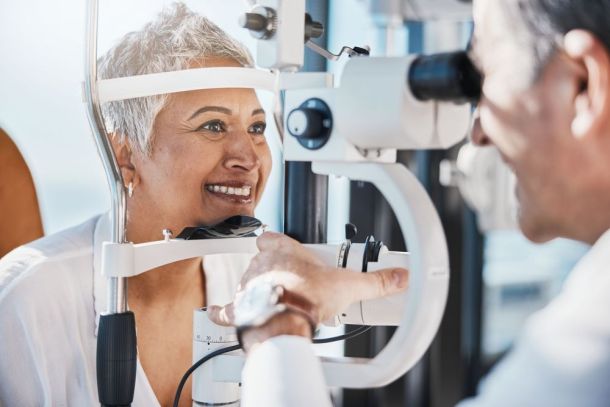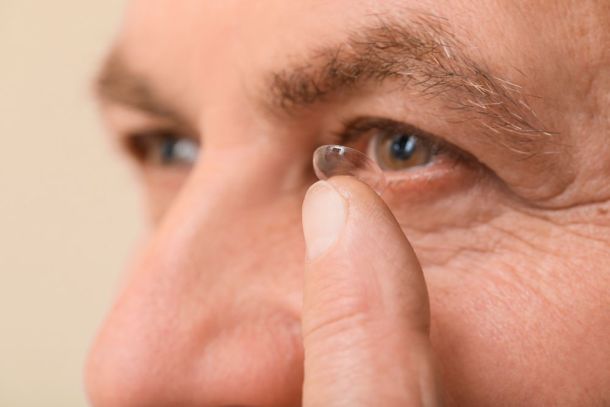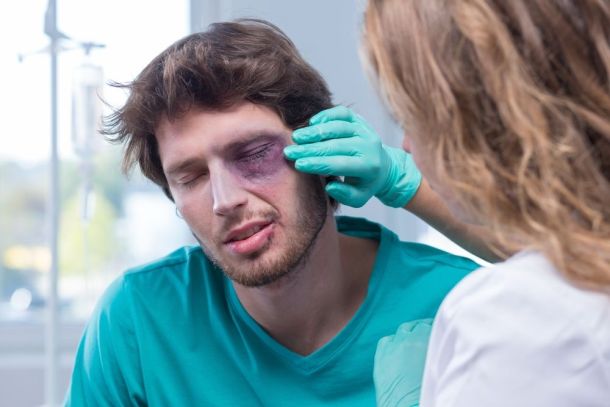DIAGNOSING AND TREATING GLAUCOMA
Studies show that glaucoma is one of the leading causes of vision loss. This eye condition does not
have obvious signs and symptoms. That is why the American Glaucoma Society advises patients to have
regular eye checkups. Your eye doctor can spot the changes that glaucoma can cause in your eyes.
Understanding the diagnosis and treatments for glaucoma can help you prepare for your next
appointment. Here are the details.
DIAGNOSING GLAUCOMA
Your doctor will ask about your medical history. Prepare to answer questions about medical conditions
that run in your family as well. The gathered information can help your doctor find out if you are at risk
for glaucoma. Your eye doctor will then conduct the following glaucoma diagnostic exams that can
confirm if you have this eye condition:
- Ophthalmoscopy helps your eye doctor examine your optic nerve for damage due to glaucoma.
Dilating eye drops will allow your eye doctor to examine your optic nerve’s shape and color. If your
intraocular pressure or IOP is high and your optic nerve does not look normal, you may need more
tests.
- Tonometry measures your inner eye pressure. Your eye doctor will use numbing eye drops. Then, a
tonometer will measure your IOP. This device will apply some pressure on your eye. It can also puff
warm air onto your eye. - Perimetry is a test that maps out your full field of vision. It can help your eye doctor see if your
glaucoma has already damaged your vision. You will need to look straight ahead as a spot of light
shines on different sections of your peripheral vision. It is normal if you cannot see light in your
blind spot. Your eye doctor will repeat the test on another appointment and compare the results.
- Pachymetry is a painless procedure that measures your corneal thickness. Your eye doctor will place
a pachymeter on the front part of your eye. This test is important because it can affect your IOP
readings.
- Gonioscopy can determine whether the point where the cornea meets the iris is open or closed.
You will get numbing eye drops first. Then, a handheld contact lens will rest on your eye. This test
will tell your eye doctor if you have chronic or acute glaucoma.
TREATING GLAUCOMA
This eye condition has no cure. Its symptoms cannot go away. Even so, regular eye checks and early
treatment can help slow your vision loss. The aim of the treatment is to lower your intraocular pressure.
Below are some of the treatments that your eye doctor may provide:
- Oral medications to help bring your IOP down
- Eyedrops to improve fluid drainage from your eye and lower your IOP
- Surgeries, such as laser therapy, may lower your IOP and improve fluid drainage in your eyes
You may need to see your eye doctor for follow-up checkups. More procedures may be necessary if
your IOP goes up again or your eye experiences more changes. If you have acute angle-closure
glaucoma, you need to see an emergency eye doctor. You will need urgent treatment to lower your IOP.You may need a laser peripheral iridotomy, which uses a laser to create a small hole in your iris. Fluid
will then drain through your iris and open your eye’s drainage angle. It will relieve your IOP right away.
Understanding glaucoma diagnosis and treatment can help you prepare for your next appointment. At
Eye Health Consultants, we always aim to provide the right diagnosis and treatment for our patients.
Feel free to visit our clinic in Spring, Texas, for an in-person consultation. Call 281-419-3355 to set an
appointment or ask about our glaucoma diagnostic tests and treatments.

For more information on multifocal contact lenses, visit Eye Health Consultants in Spring, Texas. Call
281-419-3355 to discuss any questions with our team of experts or to schedule your eye exam today.








